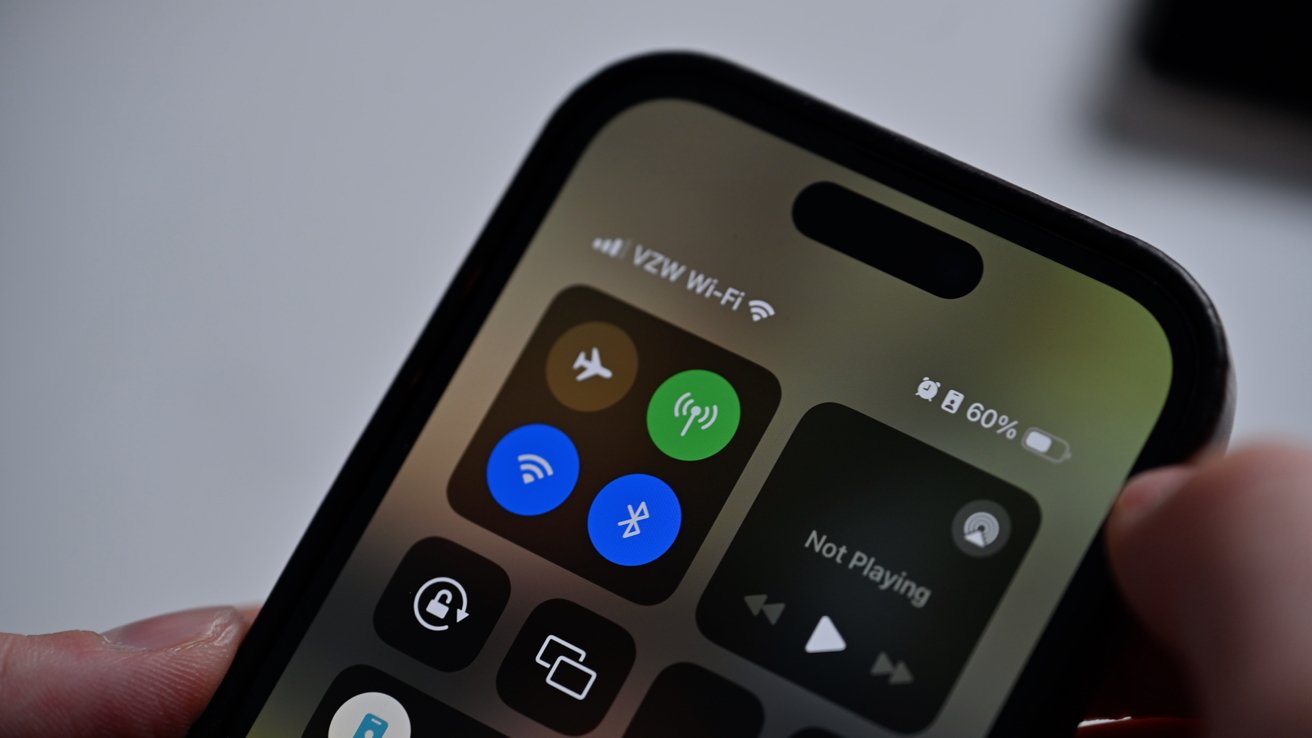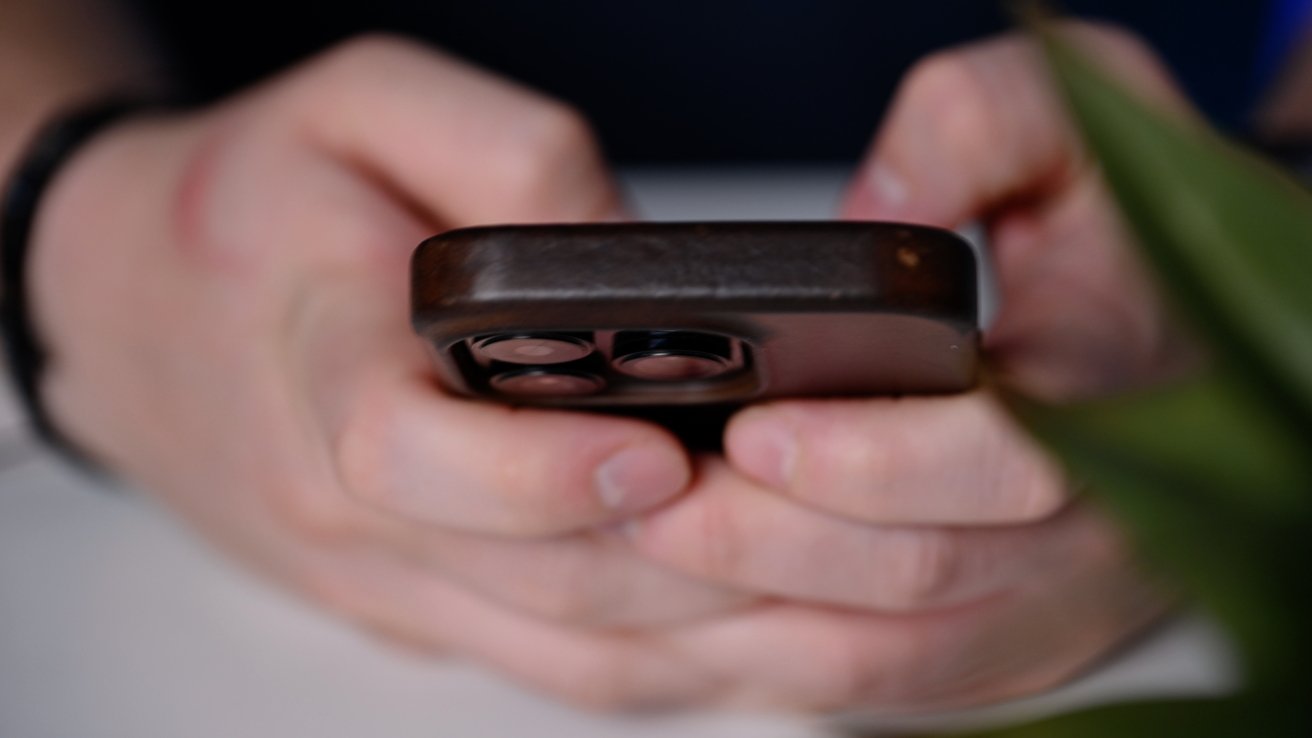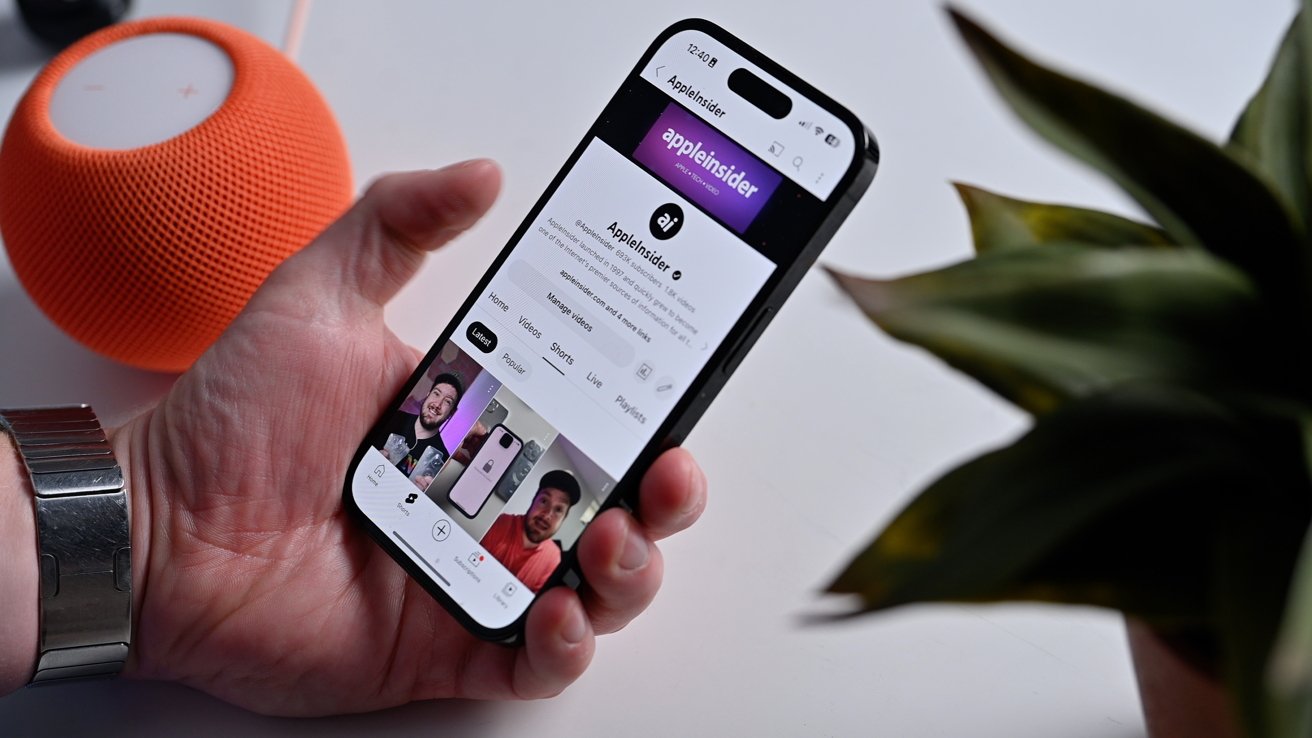What Wi-Fi 6E in the iPhone 15 Pro means for you
Apple is expected to upgrade the iPhone 15 Pro models to Wi-Fi 6E thanks to the new A17 processor, so here's what you need to know about the standard and why you should care.

Wi-Fi settings on iPhone
Wi-Fi 6E isn't new to Apple products, but it hasn't found its way into iPhones yet. The standard is relatively new, and many users may not get much benefit from it just yet, but we've laid out why it's important even with Wi-Fi 7 on the horizon.
The standard arrived in homes via routers starting in 2021 from companies like Linksys and TP-Link. Apple didn't begin supporting Wi-Fi 6E until the M2 processor arrived in June 2022, which is used in current Macs and iPads.
The iPhone 15 Pro and iPhone 15 Pro Max (or iPhone 15 Ultra) will use Apple's next-generation A17 processor, which is built on the same process as M2. That means these devices will support Wi-Fi 6E.
Those who purchase iPhone 15 or iPhone 15 Plus will not get access to Wi-Fi 6E since they will use the A16 processor.
What is Wi-Fi 6E?
Routers rely on different bands to provide network connection over a Wi-Fi network. Wi-Fi 6 offered the 2.4GHz band and 5GHz band while Wi-Fi 6E expands on that with a new 6GHz band.
Channels up to 160MHz are also available with Wi-Fi 6E, which are useful for streaming content or VR.

Browsing on Wi-Fi
New bands and channel bandwidth mean less congestion on the same network. In environments with many devices, Wi-Fi 6E provides up to 56 new channels and less interference.
Current Apple products with Wi-Fi 6E
Only products with the M2-generation processor has Wi-Fi 6E:
There are many non-Apple products with Wi-Fi 6E -- mostly Windows PCs and Android smartphones. Current game consoles missed the boat on this flavor of Wi-Fi.
Wi-Fi 6E is still an edge case
Owning a Wi-Fi 6E product isn't enough, of course, you'll have had to buy into the standard via a new router. Since most people don't purchase a new router every time a new standard arrives (if ever) it is unlikely that most will benefit from this new standard right away.

Wi-Fi 6E is coming to iPhone 15 Pro
There's a solid possibility that many people haven't even moved past Wi-Fi 5, previously known as 802.11ac. New routers or mesh networks can easily cost hundreds of dollars, though if you're reading this article, you're likely one of the few ready to take the plunge.
However, Wi-Fi 6E can't guarantee faster speeds just because of device support and a new router. The new, faster 6GHz speed only works when the device is close by and isn't cut off by walls or other obstacles.
In some cases, especially when discussing a desktop Mac, wired is still the better solution. If your router is placed in a convenient spot in your home, it could mean better speeds, but not always.
What about Wi-Fi 7?
Wi-Fi standards are updated on a regular basis, but it's best not to worry too much. Apple doesn't usually stay on the cutting edge of wireless standards, and available products at the forefront tend to be very expensive.

Watching YouTube Shorts over Wi-Fi
So, AppleInsider's advice remains as stalwart as ever -- buy what you need when you need it. Don't wait on some mysterious, rumored future product when the current one is likely already overkill for your needs.
Rumors suggest Wi-Fi 7 could arrive in an iPhone 16 Pro in 2024, but that isn't yet clear. Even so, Wi-Fi 7 routers have only just entered the market and run at an incredible premium.
Read on AppleInsider


Comments
Cat 8 is ludicrous overkill for any home or even office environment. It's really designed for connecting adjacent racks in data centres and is optimised for extreme speeds over short distances. It's very expensive, the range is not as good and it's unnecessary even for future proofing standards.
Cat 7 is a proprietary standard. Ignore it.
Cat 6 is faster (10gbps) than Cat 5e (1gbps) and is not prohibitively expensive. In reality using this is future proofing as it's unlikely you have internet that runs faster than 1gbps but to me it seemed worth doing. Cat 6a is the slightly newer standard which supposedly has lower crosstalk and I found it pretty much the same price as Cat 6 so I went for that.
Cat 5e is useful where you have really tight spaces because it is less rigid and more bendable than Cat 6. I've used this in a couple of places.
You can mix cables on your network fine (eg Cat 6 to run to a room, Cat 5 to run round a corner) although obviously the maximum throughput for any endpoint is going to be limited by the slowest point on the path from the router.
Two other tips:
- Crimping ethernet jacks is incredibly annoying and fiddly at first but then very satisfying when you get good at it.
- Think creatively about how to get your cables around. I struggled for a long time to get cable through my walls and floor from the front of my house to the back through a difficult spot - I ended up going outside and over the roof instead which was much simpler but not something which occurred to me for a long time!
I think with Cat 6 it is necessary to avoid sharp bends in the cable which will make it more difficult to install (but please don't quote me on that as I am not an engineer).
The only real benefit that WiFi 6E would have for me is AirDrop, or data transfers, assuming compatible devices and they can do a direct link.
The most modern WiFi device in the house is my 17yo's M2 MBA. So, no need to move beyond WiFi 5 until more devices are WiFi 6E capable, which could be 3 years from now. Maybe 4. It's just going to stretch out.
I currently have the Apple iPhone 11 Pro Max but in a few hours, I plan to pre-order the new 15 Pro Max... I've waited long enough to pull the pin. I have done speed tests with my current iPhone and usually get between 350-400 Mbps up and down when on my home WiFi. For the purposes of speed testing, I have a VM running LibreSpeed, so I am not testing to a server outside the home, truly over the Internet, but rather an in-home speed server. I am tempted to upgrade my access points to ones that support WiFi 6E, but I am not sure it will actually accomplish anything. Would I actually see ANY benefit?